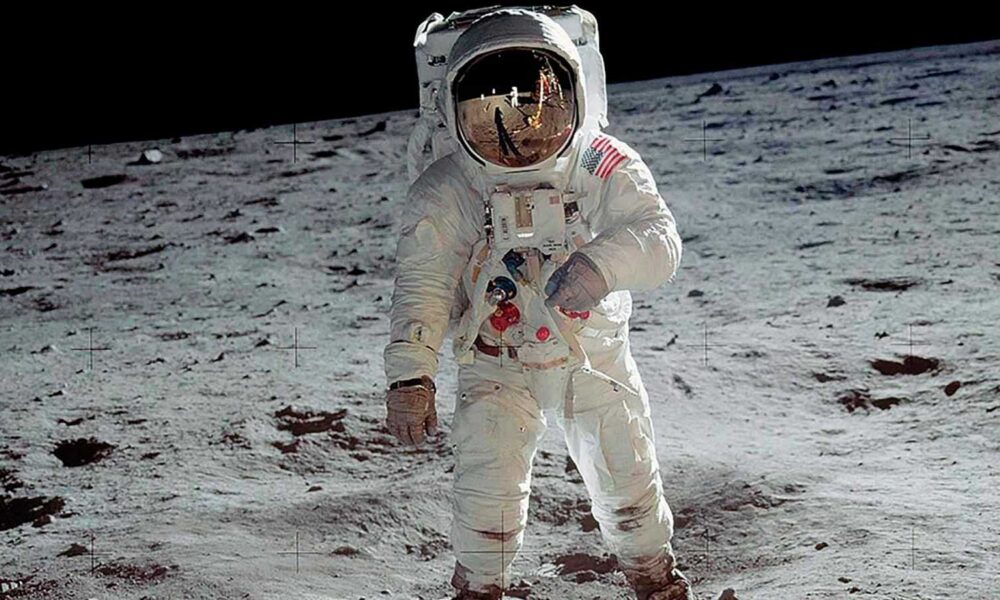
Security breaches are the order of the day and attacks with ransomware They have become an epidemic from which no one can currently say they are completely safe. Perhaps for that reason and also because it is one of the few organizations that can do something like this, NASA is investigating the possibilities of using the Moon as a strategic location in which to store data.
As stated in a BBC report, over the next year the US space agency, and as part of the new Artemis mission, will send a set of data to the Moon in what will be a pilot experiment, which will have as The objective is to determine the possibility of the satellite becoming a safe space to launch what has already been called «lunar-based-backup-storage».
To ensure the success of this mission, the agency has partnered with Lonestar, a startup whose goal is to explore the computing capabilities that can be developed in space, and with the Isle of Man (an autonomous British Crown dependency in the sea from Ireland). To guarantee the security of the data that will be sent to outer space, all files will be registered on its own Blockchain, so that their authenticity can be proven and that they have not been manipulated at any time.
The test mission is scheduled to take off in February 2024. After landing the data files, which will travel inside a special cube, the next phase will be to digitally sign them in the Lonestar CPD to demonstrate their origin. Moon. They will then be transmitted back to Earth, where they will be incorporated into a blockchain to prove that the data has been verified.
And what data is going to be verified? Here comes the role that the Isle of Man is going to play in all this. The post office of this small territory has selected a collection of stamps that will be used as test data and that will be the ones that, once digitized, travel in the data cube. As many can imagine, they are not just any stamps. These stamps will feature the image of the next person to set foot on the Moon and are expected to be authorized by King Charles (as would be the case with normal stamps on Earth) while the mission is underway.
Now, a question we can ask ourselves, beyond the technological curiosity that such a milestone represents, is whether there is a real need to store data in outer space, whether on the Moon or anywhere else. As explained by NASA, the idea is not of course to use our satellite as a space in which to store even more photos when we run out of space in our Google account, but as a single file in which to save the most important discoveries of humanity, its most outstanding works of art, etc. so that it survives a planetary catastrophe on Earth, such as a large-scale nuclear war or the worst consequences of climate change. May something, like the destruction of the great Library of Alexandria, which occurred in the year 640, never be repeated.
Virtually no one doubts that no one will probably be able to hack data stored on the Moon. But that does not mean that this space future is not without problems. In addition to the exorbitant cost of launching space missions every time a new set of data has to be stored, some consider that more than security, experts should worry about the future integrity of the data, since extreme temperatures and radiation could lead to corruption.
And this is despite the fact that the “cube” that is going to reach the Moon next year is not exactly a hard drive. Powered by solar panels, the “device” is shaped like a book and has the capacity to store 1 TB of data, distributed in the different SSD units that are connected inside and that will have a minimum processing capacity to keep the device running. . Since these units are not connected to the Internet either, any hacker who wants to access it would have to intervene in its end-to-end encryption protocol, something that at this time seems practically impossible.
If the experiment finally proves to be successful and humanity’s most precious discoveries end up stored on lunar soil, it is not unreasonable to think that in the long term, the Moon (and who knows if not also other satellites and planets) could become the new spaces in where different governments keep their most confidential and precious data.



